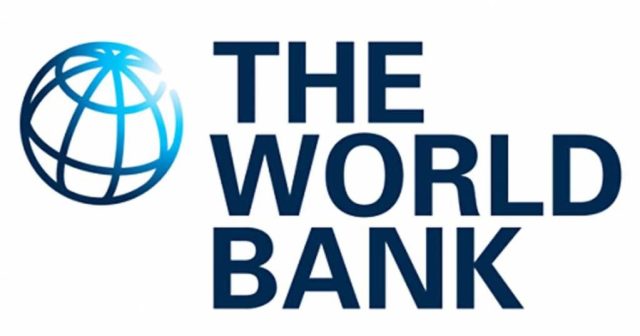The World Bank slashed the growth forecast for Bangladesh by 0.6 percentage points to 6.1 percent for the recent fiscal year ending on June 30, 2023, impacted by the global economic slowdown and the war in Ukraine. However, the multilateral lender predicted a 6.7 percent growth in Bangladesh’s economy in June 2022. The article contains World Bank Cuts Bangladesh’s Growth Forecast by 0.6 Percentage Points to 6.1%.
It revised down its prediction further, which could be the lowest since the nation’s gross domestic product (GDP) growth fell to 3.45 percent in the fiscal year 2019-20 owing to the Covid-19 pandemic. Besides Bangladesh, the WB also cut its forecast regarding the growth of other South Asian economies, namely India, Pakistan, Sri Lanka, and the Maldives.
It raised the economic growth outlook for Nepal in its South Asia Economic Focus. The agency projected regional increment to average 5.8 percent in 2022, a downward revision of 1 percentage point from the forecast made in June 2022. This followed the growth of 7.8 percent in 2021 when most countries were rebounding from the pandemic slump. “South Asia represents an unprecedented combination of shocks on top of the lingering scars of the Covid-19 pandemic,” stated the WB.
While economic distress is weighing down all South Asian nations, some cope better than others. Exports and the services sector in India, the region’s largest economy, have recovered more strongly than the world average when its ample foreign reserves served as a buffer to external shocks, it added. The return of tourism is assiting to drive growth in the Maldives and, to a lesser extent, in Nepal, both of which have dynamic services sectors.
It said the combined effects of COVID-19 and the record-high commodity prices becuase of the war in Ukraine took a heavier toll on Sri Lanka, exacerbating its debt woes and depleting foreign reserves. Plunged into its worst-ever economic crisis, Sri Lanka’s real GDP is expected to fall 9.2 percent in 2022 and a further 4.2 percent in 2023.
High commodity prices also worsened Pakistan’s external imbalances, bringing down its reserves. Moreover, after devastating climate-change-fuelled floods submerged one-third of the country this year, Pakistan’s outlook remains subject to significant uncertainty, said the bank. As a result, the WB predicted that Pakistan’s economy to grow by 6 percent, down from its June forecast of 8 percent.
India’s economy will grow 6.5 percent in the fiscal year 2022-23, down by 0.1 percentage points. “Pandemics, sudden swings in global liquidity and commodity prices, and extreme weather disasters were once tail-end risks. But all three have arrived in rapid succession over the past two years and are testing South Asia’s economies,” said Martin Raiser, World Bank’s Vice President.
“In the face of these shocks, countries need to build stronger fiscal and monetary buffers and reorient scarce resources towards strengthening resilience to protect their people.” Inflation in South Asia, caused by elevated global food and energy prices and trade restrictions that worsened food insecurity in the region, is expected to rise to 9.2 percent this year before gradually subsiding. The resulting squeeze on real income is severe, particularly for the region’s poor, who spend a large share of their income on food, the WB added.
To read more Economical news, Please Click Here!





















